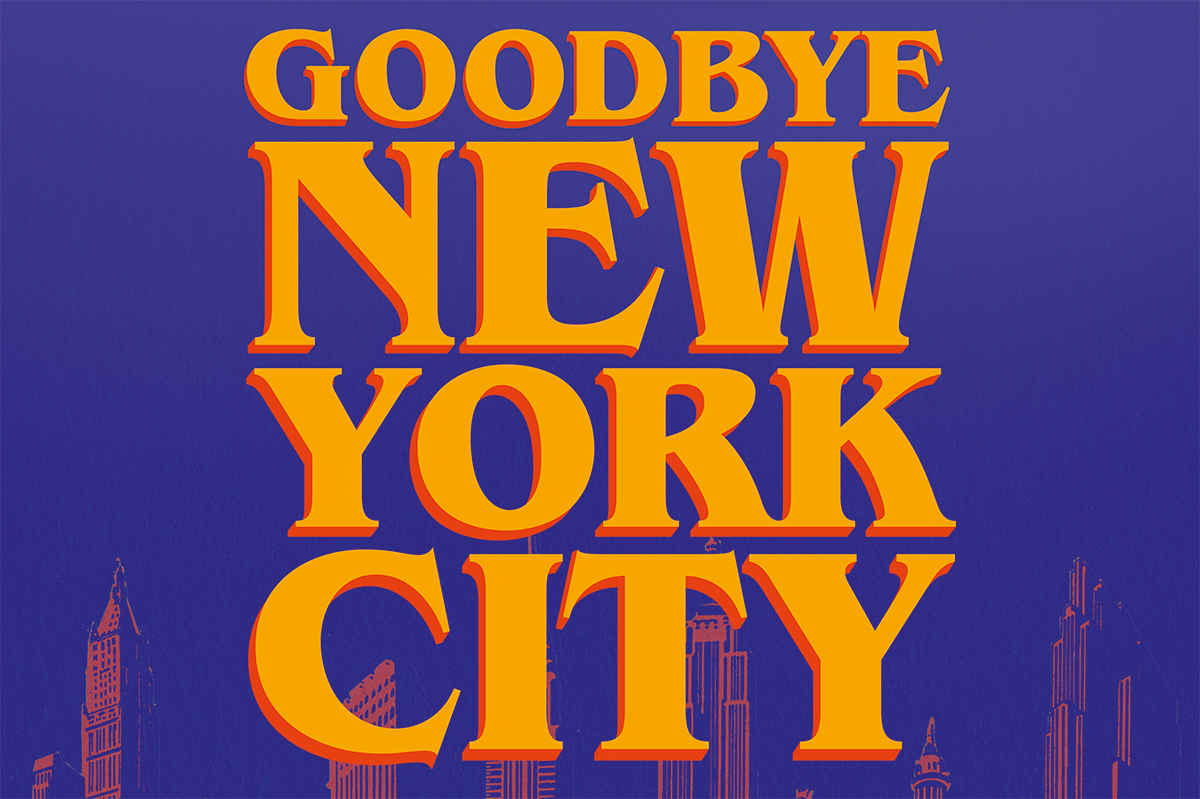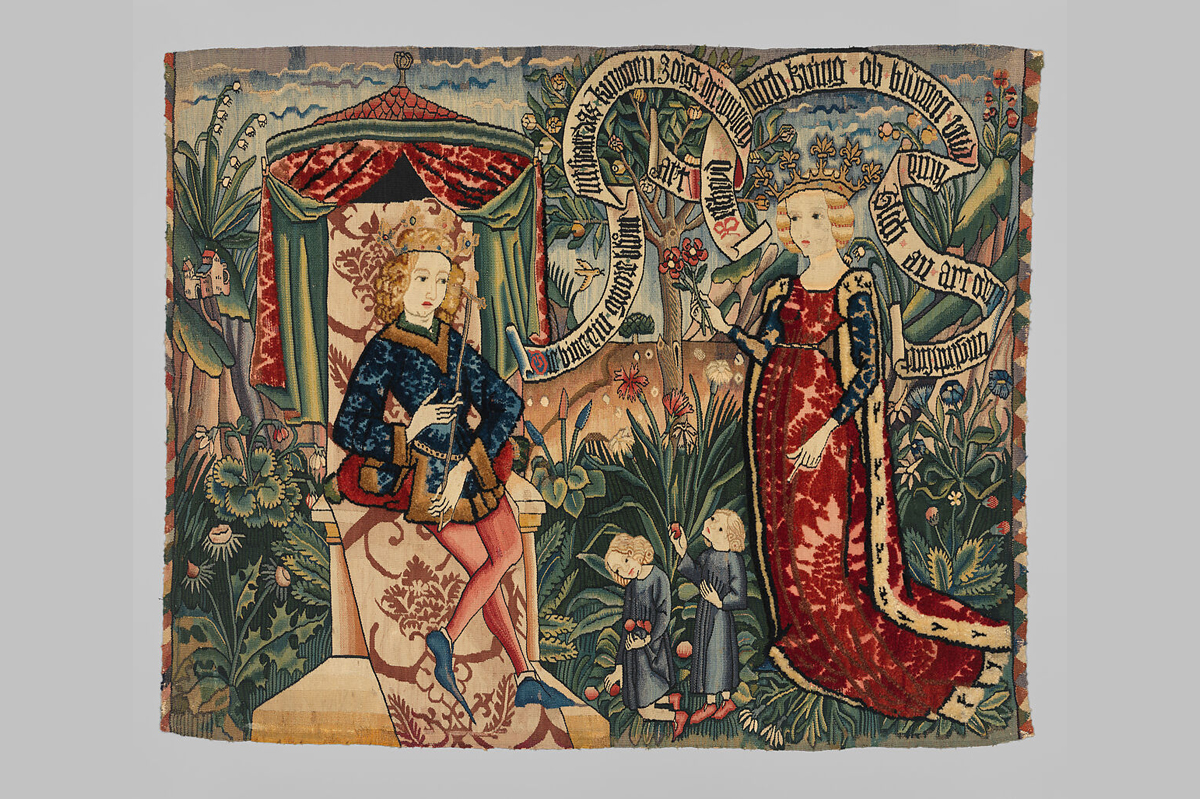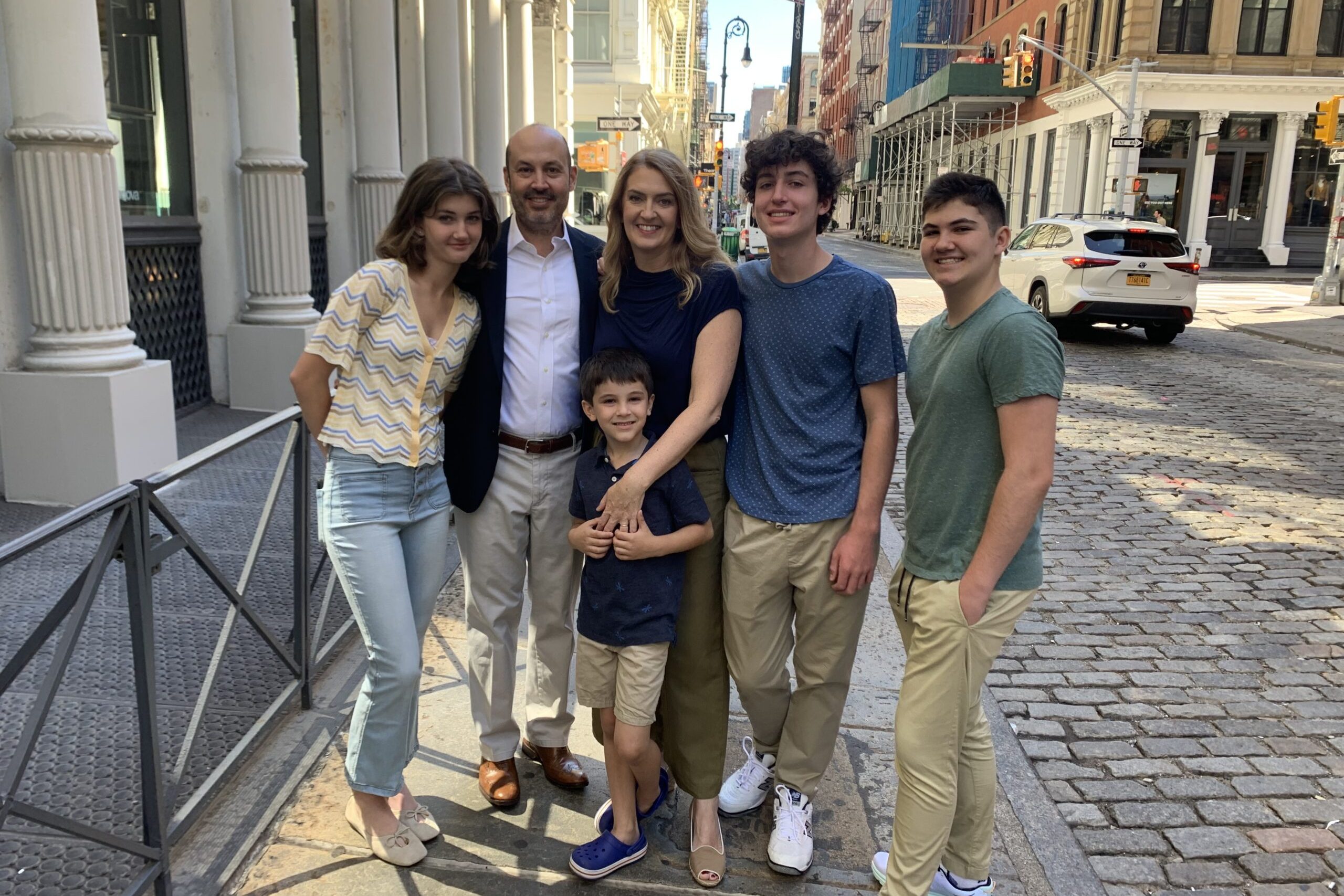The Whitney’s Sixties Surreal is not about Surrealism. I spent about a week trying to figure out what it might actually be about, before I gave up. The show claims to seek to answer a simple question: what if Surrealism, rather than Cubism, had been the dominant thread in modern American art? This is funny to me, as Dalí’s melting clocks are far better known in America than any Cubist painting. Regardless, the museum never provides an answer. Instead, the Whitney jumps right to its agenda: reviving what it deems an overlooked thread of countercultural art. Ah, yes, the woefully neglected subject of… counterculture in the 1960s.
The museum director, Scott Rothkopf, writes that the show was inspired by his undergraduate thesis, which makes sense, because it feels like one – big on ambition but lacking ammunition. There is a rich story to tell about the impact of the original Surrealists on American artists of the 1960s. Both groups responded to worlds in flux by embracing the absurd. But the Whitney hardly makes this point. Rather than stage a conversation between the two movements, the curators assembled a meandering roll call from the art-historical sidelines. The result is a show curated like a thrift store – a hodgepodge of art whose only commonality is having been left behind.
Much of the art is garish and facile – seemingly selected for the sort of maximalists who would hang a gemstone-studded rhinoceros head above the fireplace. The erect penises on a Vietnam battlefield of Judith Bernstein’s “Vietnam Garden” (1967) offer no more insight than a Sharpie drawing on a bar’s bathroom stall. Peter Saul’s faux-graffiti nightmare “Saigon” (1967) invites little engagement beyond, “Whoa that’s trippy, man” – that and “How many penises can I find in this painting?”
The image that’s on every ad for the show, Linda Lomahaftewa’s “Untitled Woman’s Faces” (1965-71), merges colorful faces with mountains in a way that might be jarring if you hallucinated the scene while on DMT, but it feels totally tame painted on a canvas. The problem with these extravagant approaches to the “surreal” is that the world has not turned into a Seussian nightmare in the way the artists prophesied. To the extent that it has, the decay is much more subtle. Democracy crumbles into autocracy bit by bit, not all at once. The digital technology that we bemoan today for dulling life was accepted gradually and was at one point lauded for its innovation. Art seeking to portray the insidious perils of blindly trusting “progress” should capture such uncanny shifts.
The best works in the show are the most careful – they take the real world as a point of departure and make slight changes that subvert our expectations. One example is Gunvor Nelson and Dorothy Wiley’s short film “Schmeerguntz” (1965). Set to the soundtrack of Bach’s “Little” Fugue in G Minor, the black-and-white montage runs through scenes modified with very simple editing to make them even more disgusting: vomit going backward into the mouth; a close-up of hands picking coagulated wet hair out of a drain.
Rupert García’s “Unfinished Man” (1968) is similarly disturbing. A man’s face, painted in grayscale, is cut off in the middle like a webpage that didn’t finish loading. The bottom half is a gaping mouth, implying that the top would be looking up and begging for mercy. The viewer is left to imagine the horror.
My favorite room in the show is grouped under the theme “Assembling.” It comprises works of art made from junk. Jack Smith’s film “Scotch Tape” (1959-62) shows him climbing around a mountain of trash, which calls our attention to the immense masses of byproducts we produce simply by being alive – enough to make a jungle we can get lost in.
Melvin Edwards’s “Cotton Hangup” (1966) dangles precariously above our heads – a slab of metal resembling a blade beckons your neck like a guillotine as if the scrap metal we discarded is back for revenge.
The gallery titled “Mojo Secrets” is another success. Every artwork in the space resembles a spiral of some kind – as in Robert Smithson’s drawing of a cyclops or in Carlos Villa’s abstraction of feathers. The patterns are hypnotic and illusory – both destabilizing and addictive to stare at. The lynchpin of the room is Betye Saar’s “Ten Mojo Secrets” (1972), a stele decorated with trinkets and charms that evoke voodoo worship. With its dark purple walls, the room provokes the same feeling I get when someone makes me listen to a horoscope: I know it’s hokum, but what if it’s not?
There are genuinely striking and provocative objects in the exhibition, but they are better served solo. With the exception of two good rooms, most of the show’s groupings raise more questions than they answer – and the connections that the wall texts suggest don’t make much sense. But, then again, it wouldn’t be so surreal if they did.
This article was originally published in The Spectator’s November 10, 2025 World edition.























Leave a Reply